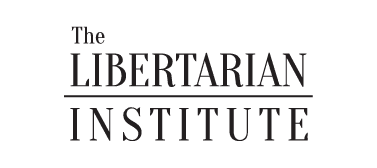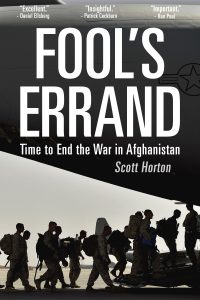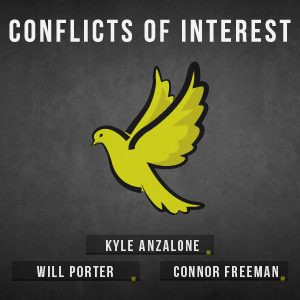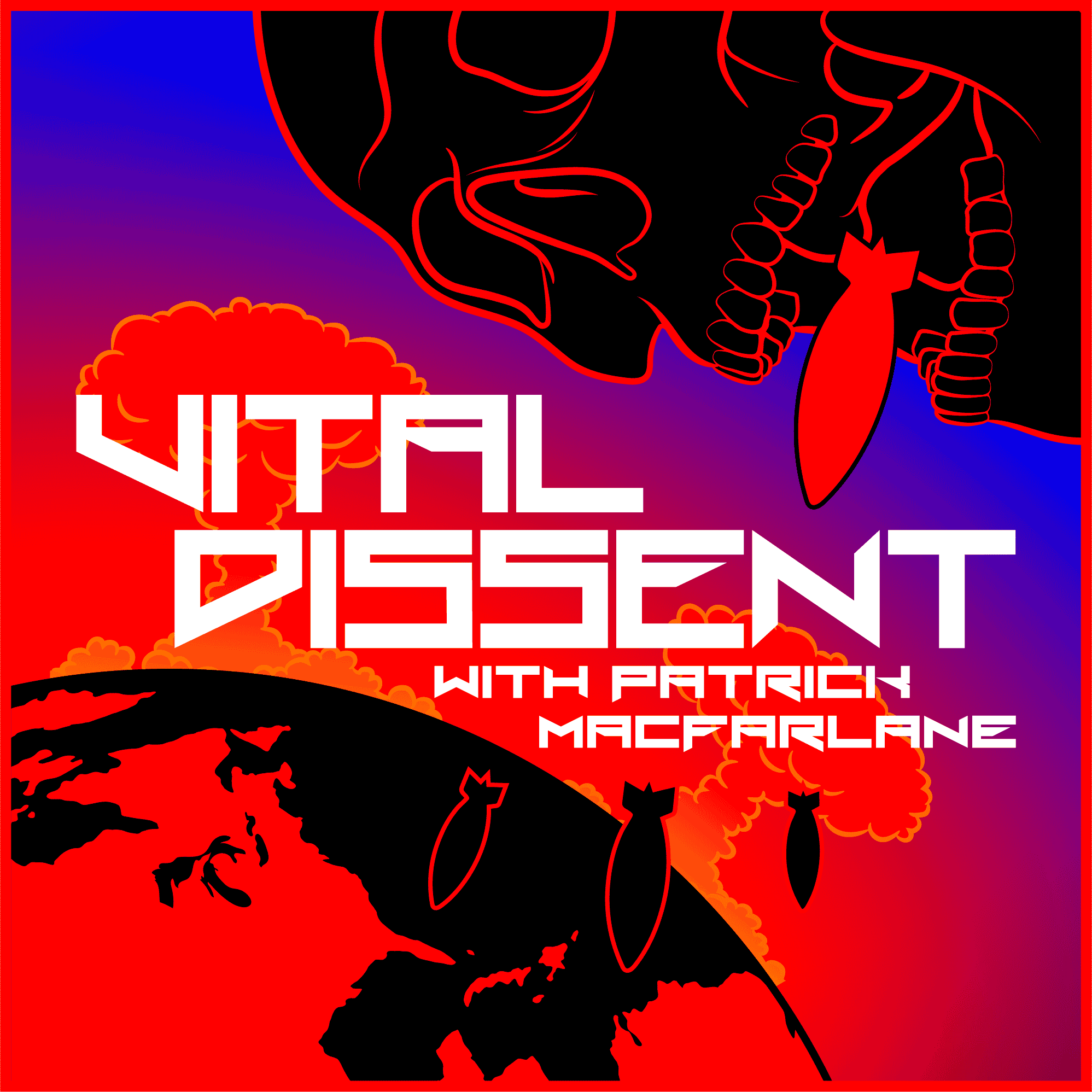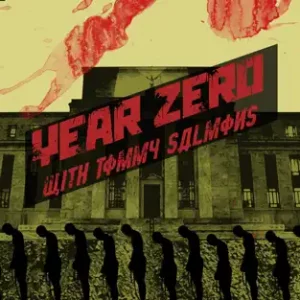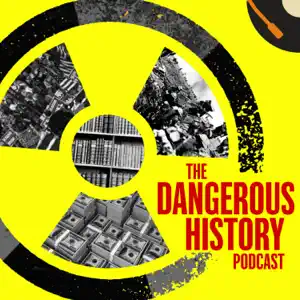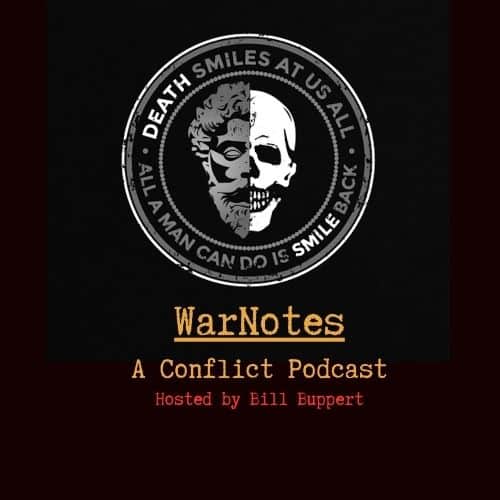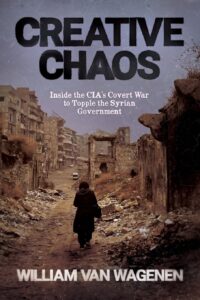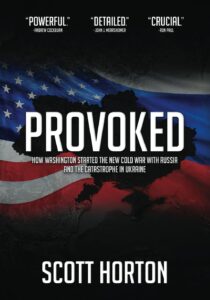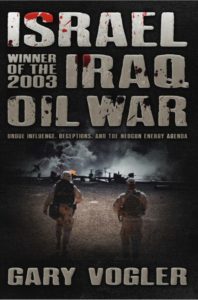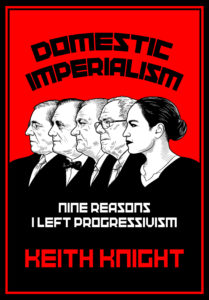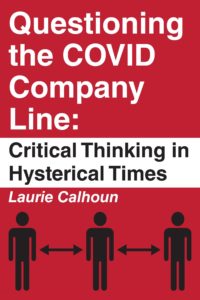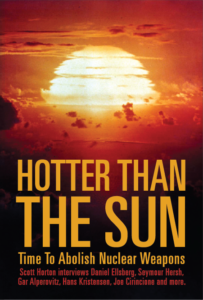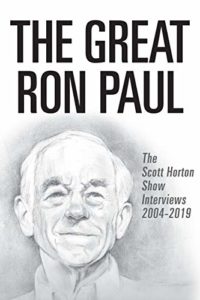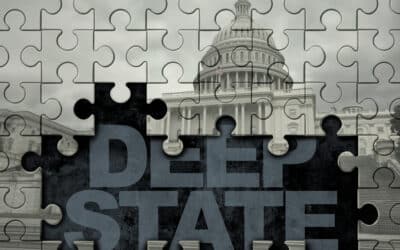On April 22, 2025, militants opened fire near the Pahalgam area of Indian-administered Kashmir, killing twenty-six people—mostly Indian tourists. It was the deadliest attack on civilians in the region in over two decades. Within hours, New Delhi accused Pakistan of harboring the perpetrators, claiming they were linked to Pakistan-based groups like Lashkar-e-Taiba operating under the umbrella of a shadowy group called the “Kashmir Resistance.” Pakistan swiftly denied any involvement. But denials did little to stop the spiraling fallout.
India has since suspended the Indus Waters Treaty, downgraded diplomatic ties, revoked visas for Pakistani nationals, and closed border crossings. Pakistan retaliated with equal speed: shutting its airspace to Indian flights, halting trade, and threatening to abandon the 1972 Simla Agreement. Cross-border shelling along the Line of Control (LoC) soon followed. While no casualties were reported initially, the situation has rapidly evolved into one of the most dangerous episodes in South Asia since the 2019 Pulwama-Balakot crisis—or arguably the 2001–2002 military standoff.
But this moment is not just about a single attack. It is part of a long, combustible history rooted in partition, war, proxy violence, and the still-unresolved status of Kashmir.
India and Pakistan’s hostility dates back to their very inception in 1947. The hurried, violent partition of British India created two successor states divided by religious identity—and by territorial disputes. The princely state of Jammu and Kashmir, a Muslim-majority region ruled by a Hindu monarch, became the first and most enduring flashpoint. Its accession to India in October 1947, after an invasion by Pakistani tribal militias, triggered the First Kashmir War. By the time the UN brokered a ceasefire in 1949, the region was split in two: Pakistan controlled what it called “Azad Kashmir,” while India retained Jammu and Kashmir proper. Both countries claimed the entire territory, and both enshrined that claim into their national identities.
In 1965, Pakistan initiated the Second Kashmir War under the belief that popular rebellion in Indian-controlled Kashmir would align with its military incursion. The conflict ended in stalemate, but tensions remained. Six years later, in 1971, India and Pakistan went to war again—this time not over Kashmir but over East Pakistan’s independence struggle. India’s decisive intervention led to the creation of Bangladesh, a humiliating blow to Pakistan’s military establishment and a transformation of South Asia’s balance of power.
(The United States, though nominally neutral, tilted toward Pakistan during this period—most notably under Nixon and Kissinger during the 1971 war—out of Cold War logic and as a conduit to China, a fact that still informs Indian skepticism about U.S. mediation.)
The 1972 Simla Agreement, which followed the war, sought to de-escalate future conflicts by framing Kashmir as a bilateral issue. But over the next two decades, it became clear that neither side was willing to compromise.
The late 1980s saw a new phase: insurgency. Discontent among Kashmiri Muslims over political repression and electoral manipulation in Indian-administered Kashmir erupted into violent rebellion. Pakistan, seizing an opportunity, began providing covert support to militant groups, including Hizbul Mujahideen and later Lashkar-e-Taiba and Jaish-e-Mohammed. These groups carried out deadly attacks across Jammu and Kashmir, often targeting Indian soldiers, police, and increasingly civilians.
India responded with a heavy military hand. The region became one of the most militarized on earth, with hundreds of thousands of troops deployed, sweeping counterinsurgency operations, curfews, and extrajudicial killings. Human rights abuses mounted. But New Delhi’s position remained fixed: Kashmir is an integral part of India. Pakistan, for its part, denied direct involvement while glorifying “freedom fighters.”
This period also saw the most alarming transformation in the India-Pakistan equation: nuclearization. Both countries conducted nuclear tests in 1998, confirming what many had suspected. Washington had previously turned a blind eye to Pakistan’s clandestine nuclear program throughout the 1980s—largely because Islamabad was serving as a critical U.S. partner in the war against the Soviets in Afghanistan. Likewise, India’s earlier nuclear program was never meaningfully deterred by Western nonproliferation efforts, and indeed was later effectively given the greenlight during the George W. Bush years. With nuclear weapons now in the picture, the stakes of conflict escalated dramatically—even as proxy war continued.
The 1999 Kargil conflict came within months of the Lahore Declaration—a rare thaw in bilateral ties. Pakistani soldiers, disguised as militants, infiltrated Indian positions in the Kargil region of Kashmir. India mounted a full-scale military response. Though the conflict was limited in scope, it underscored how fragile peace could be, even under a nuclear shadow.
Tensions flared again in 2001 when an attack on India’s Parliament was blamed on Pakistan-based groups. A ten-month military standoff followed, bringing both armies to high alert. Similar escalations occurred after the 2008 Mumbai attacks, which left over 170 dead and were linked directly to Lashkar-e-Taiba.
In 2016, and more seriously in 2019 after the Pulwama suicide bombing, India shifted strategy. Rather than limiting its response to diplomacy, it launched what it termed “surgical strikes” across the LoC and even conducted an airstrike in Balakot, Pakistan. Pakistan retaliated, shooting down an Indian fighter jet. The pattern was becoming clear: militant attack, Indian retaliation, Pakistani denial, and international mediation to pull the two nuclear-armed nations back from the brink.
(The United States has often played a behind-the-scenes role in these moments of de-escalation, but its ability to apply pressure has waned. India’s strategic and economic rise, its deepening ties with the West, and Washington’s desire to counterbalance China all limit American willingness to publicly confront New Delhi. Meanwhile, Pakistan’s leverage with Washington has diminished since the end of the war in Afghanistan.)
The current crisis follows that script closely—but with worrying twists. The attack’s targeting of tourists, not security forces, marks a brutal shift in militant tactics. India’s suspension of the Indus Waters Treaty, a rare and long-standing example of cooperation, signals that even once-sacrosanct agreements are now on the chopping block. Pakistan’s threats to abandon Simla may undo the very foundation of their diplomatic framework.
What’s more, domestic politics in both countries raise the stakes. In India, a strong nationalist government sees toughness on Pakistan as a political asset. In Pakistan, a struggling civilian administration and powerful military may view confrontation as a way to rally national unity or distract from internal instability.
Meanwhile, Kashmir’s people remain trapped in the crossfire—exploited by militants, repressed by security forces, and ignored in most diplomatic calculations. The long-promised plebiscite on Kashmir’s future, outlined by the United Nations in 1948, has never materialized. Neither India nor Pakistan seems willing to risk democratic input that might undermine their claims.
De-escalation is urgently needed, but it will require more than crisis management. The world’s attention often turns to South Asia only when war appears imminent. But unless the root issues—sovereignty, self-determination, and mutual distrust—are addressed, this cycle will repeat.
Both India and Pakistan possess the power to destroy one another. But both also possess the power to change the narrative. Ending militancy, demilitarizing the LoC, restoring communication channels, and granting Kashmiris a meaningful voice in their future are not impossible—they simply require courage.
The tragedy in Pahalgam must not be allowed to spiral into another war. South Asia has seen too many. But if history is any guide, preventing the next one will demand more than reactive diplomacy and require willingness to bear a great deal of political risk on the part of the leadership of both sides.
